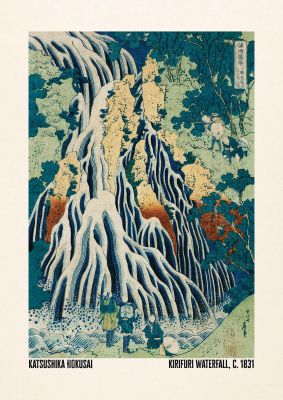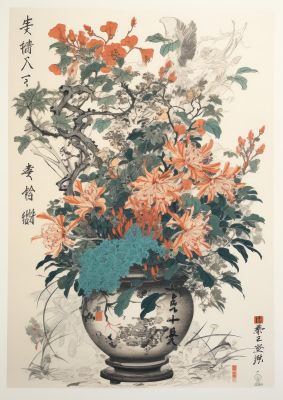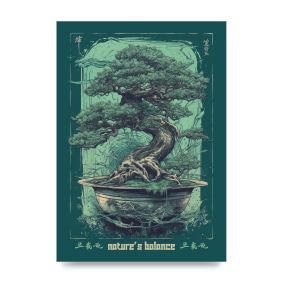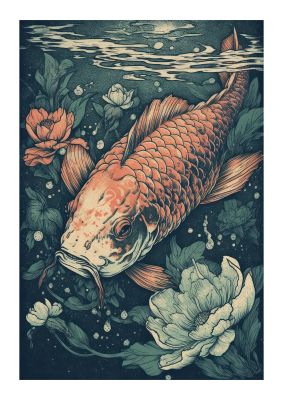Ukiyo-e, roughly translated to mean "pictures of the floating world," represents an ethereal form of Japanese art that flourished between the 17th and 19th centuries. This art form captures the picturesque, dynamic nature of everyday life in Edo-period Japan and provides a characteristic lens through which to view historical and cultural Japanese landscapes.
The Origin and Evolution of Ukiyo-e
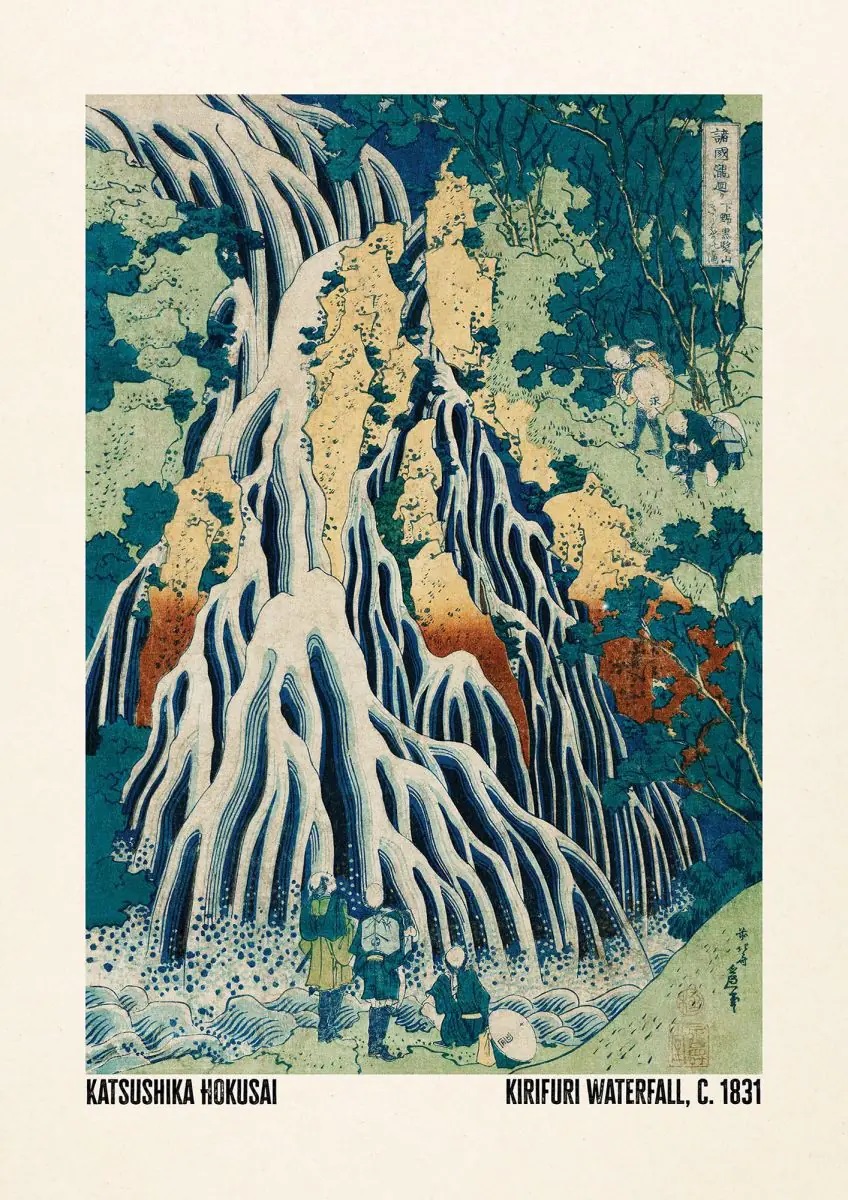
Ukiyo-e began as an art movement in the capital city of Edo (modern-day Tokyo) during the early Edo period (1603-1868). It showed scenes of the leisure and landscape of Japan’s steadily growing urban culture.
Ukiyo-e prints were a collaborative process involving a designer, an engraver, and a printer. This method, known as woodblock printing, involved carving images onto blocks of wood, which were then inked and pressed onto paper. This technique allowed for the mass production of art, which democratized its consumption. More and more people then had an affordable way to buy art for their home. This influenced not only the Japanese populace but also Western artists later in the 19th century.
Spiritual and Cultural Significance
Spiritually, ukiyo-e reflected the Buddhist concept of impermanence. The fleeting joys of the everyday were captured in bright detail, reminding both artist and viewer of the transient nature of worldly things. Culturally, these prints served as a way to spread popular trends and narratives, they included famous Kabuki actors, beautiful courtesans, sumo wrestlers, and scenes from folk tales. We can think of them as something of a precursor to posters.
Notable Artists and Styles
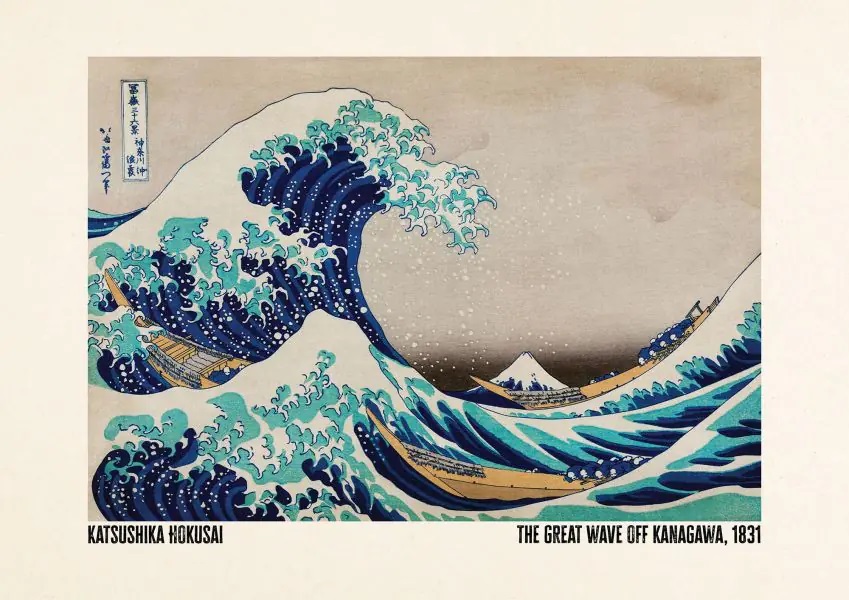
Ukiyo-e’s Cultural Impact
Ukiyo-e had a huge impact both in Japan and globally. In Japan, it influenced various forms of visual culture, from manga to modern advertising. In the West, ukiyo-e prints inspired the Impressionist and Post-Impressionist movements, with artists like Van Gogh, Monet, and Degas citing Japanese art as a key influence.
The Importance of Cultural Diversity in Arts
The history of ukiyo-e and its global cultural impact shows us the unique beauty of diversity in the arts. Images that transcend geographical, cultural, and linguistic boundaries, create a dialog that spans across the entire globe. This exchange of ideas and aesthetics can be felt worldwide.
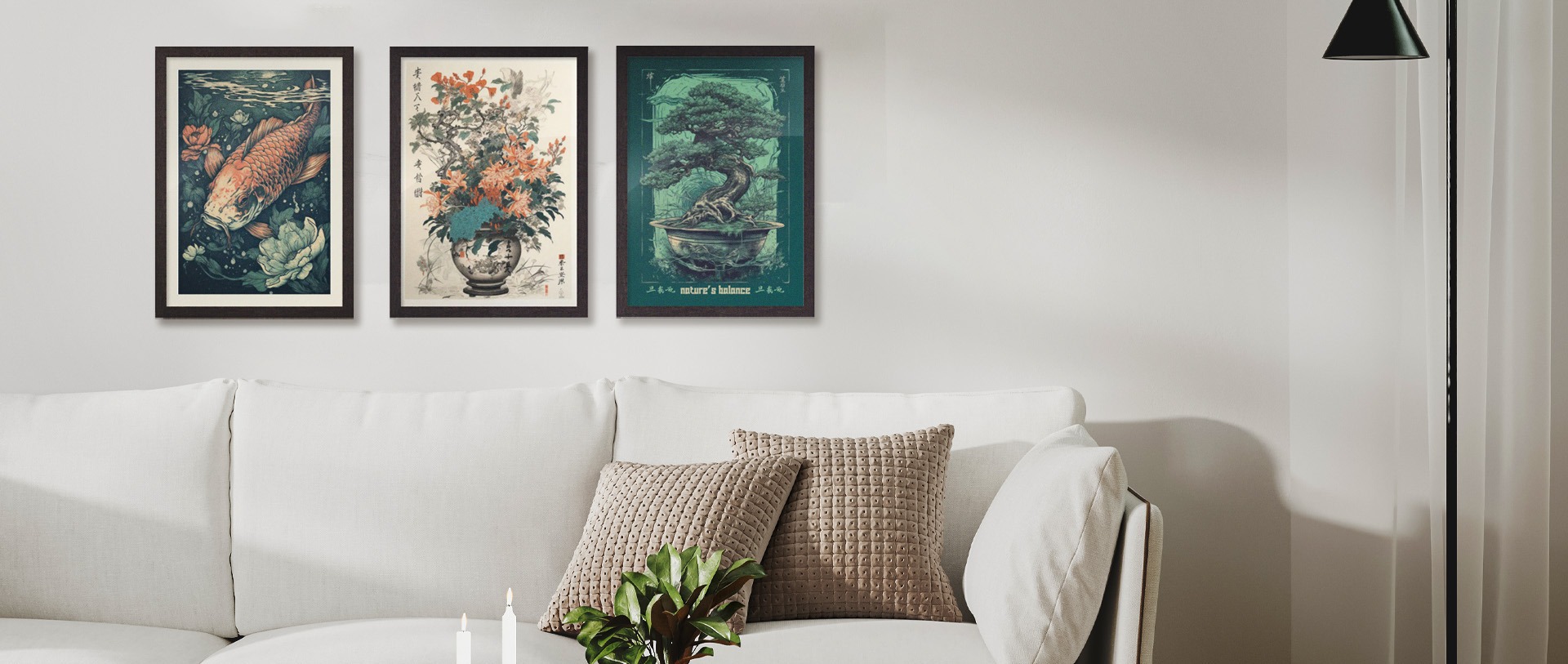
Beauty and Art in the Home
We all need a touch of art in our life, bare walls need covering, the desire to imprint ourselves on our surroundings requires fulfilling. Ukiyo-e, with its vivid scenes and storytelling, can transform a space by bringing this classic japanese style into your home, following the footsteps of the original buyers of wood block prints.
Ukiyo-e at Lithobee
At Lithobee, Manchester, UK, we love the cultural richness of ukiyo-e. Our curated collection of Japanese and ukiyo-e style prints can be beautifully framed to match any decor, and allow you to bring home a piece of this rich artistic tradition. Explore our selection and discover how these masterpieces can create a serene, inspiring atmosphere in your living space.
Discover the world of ukiyo-e at Lithobee and let your home reflect the beauty of Japan’s floating world.




